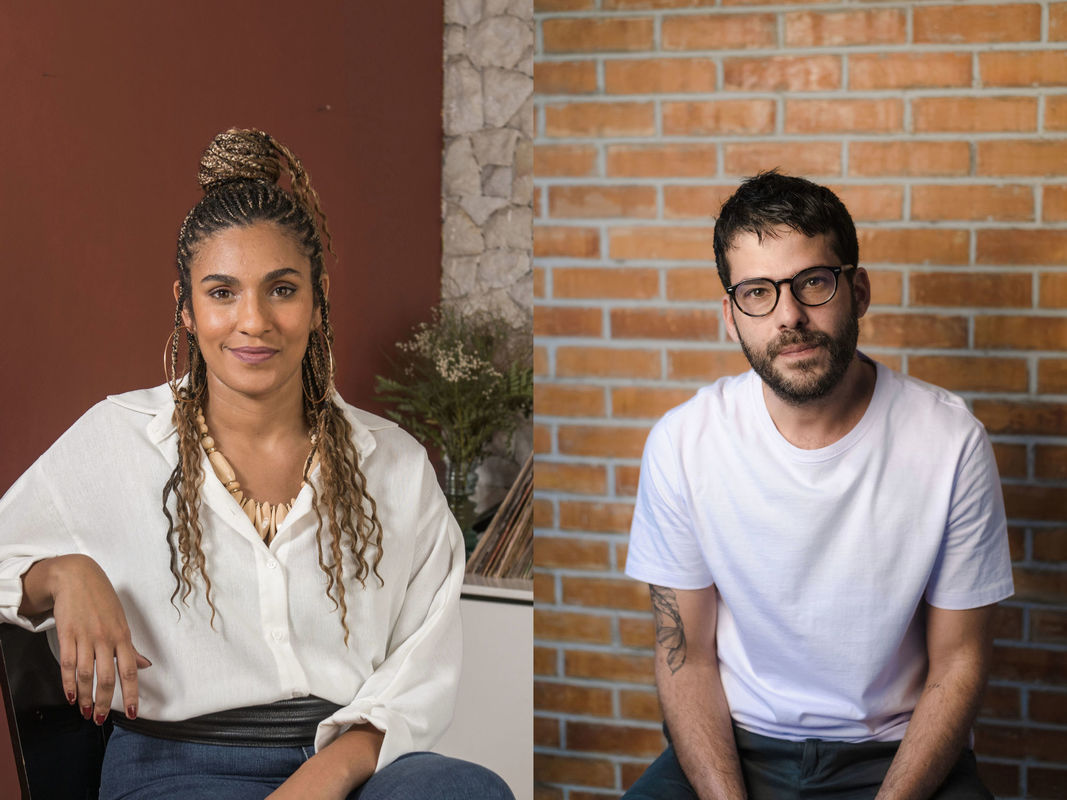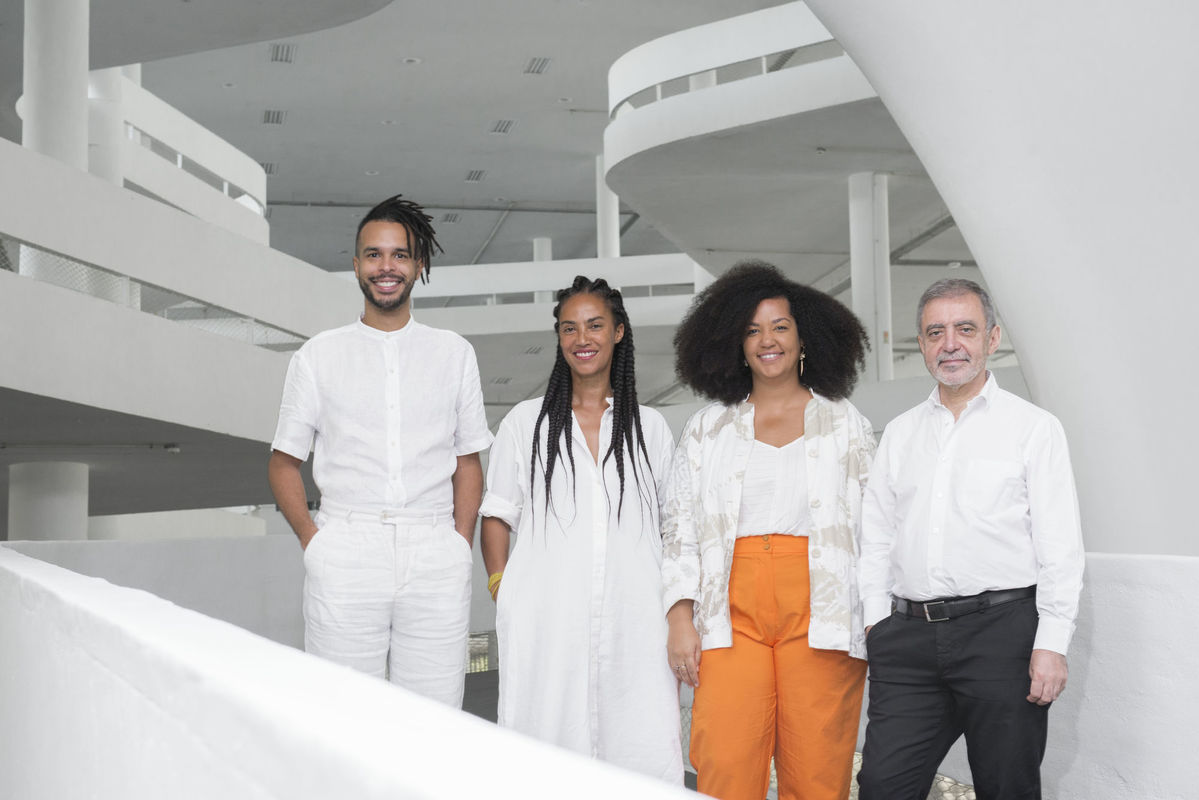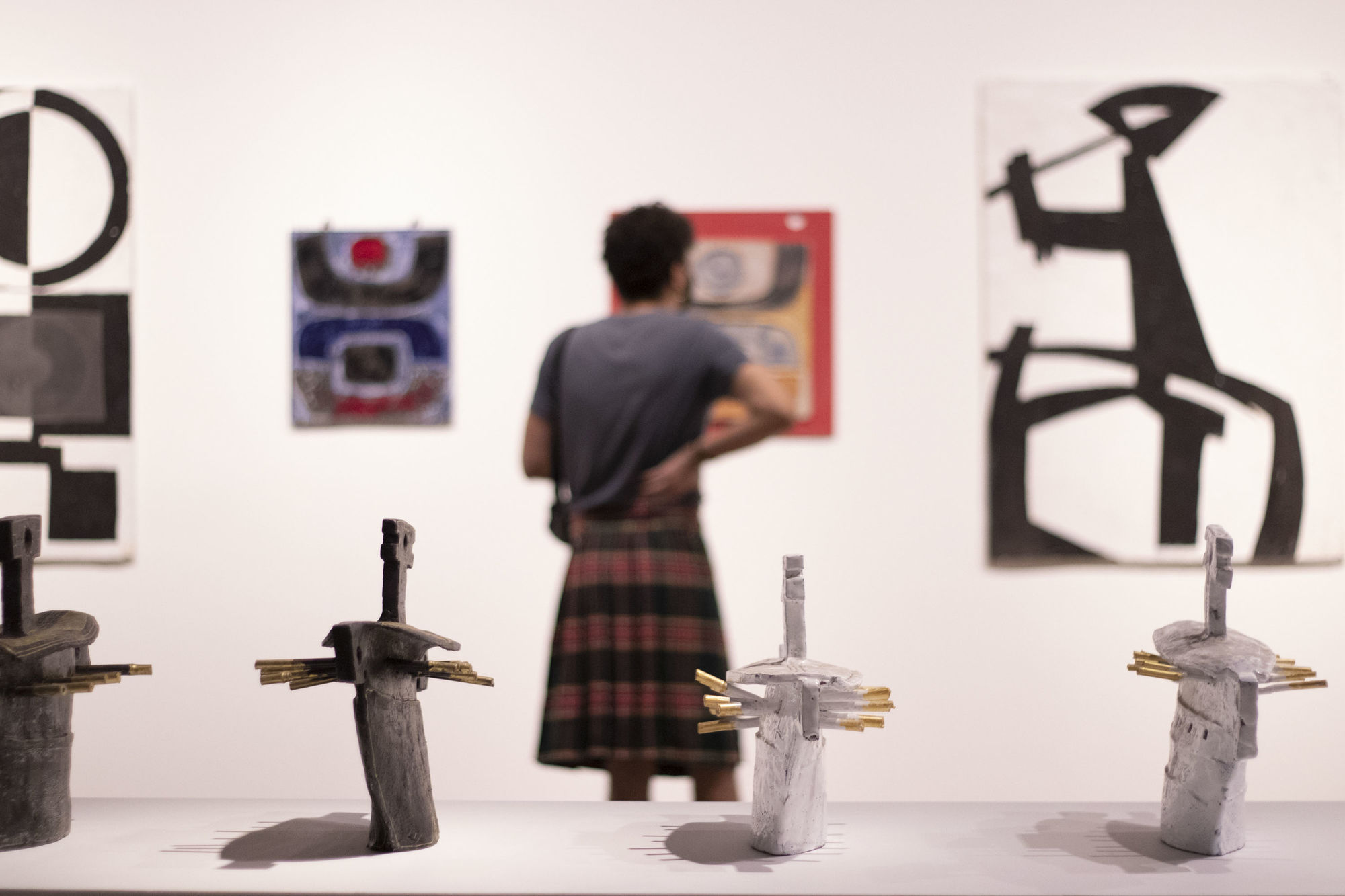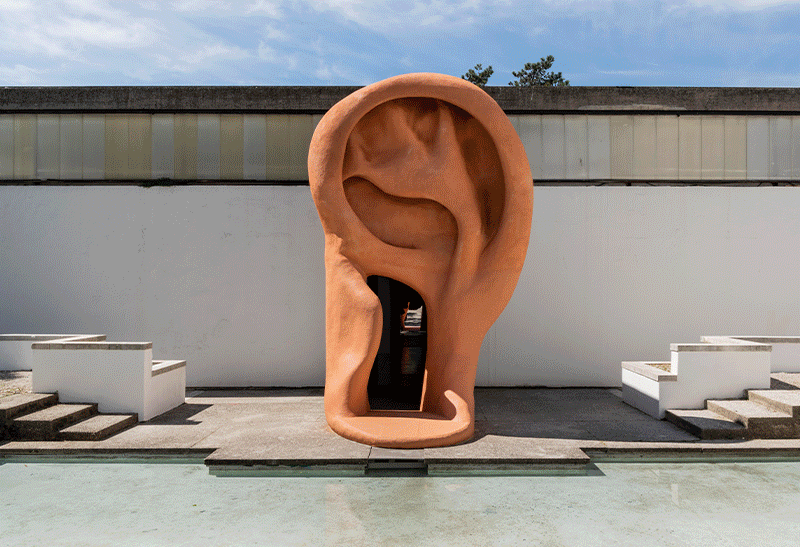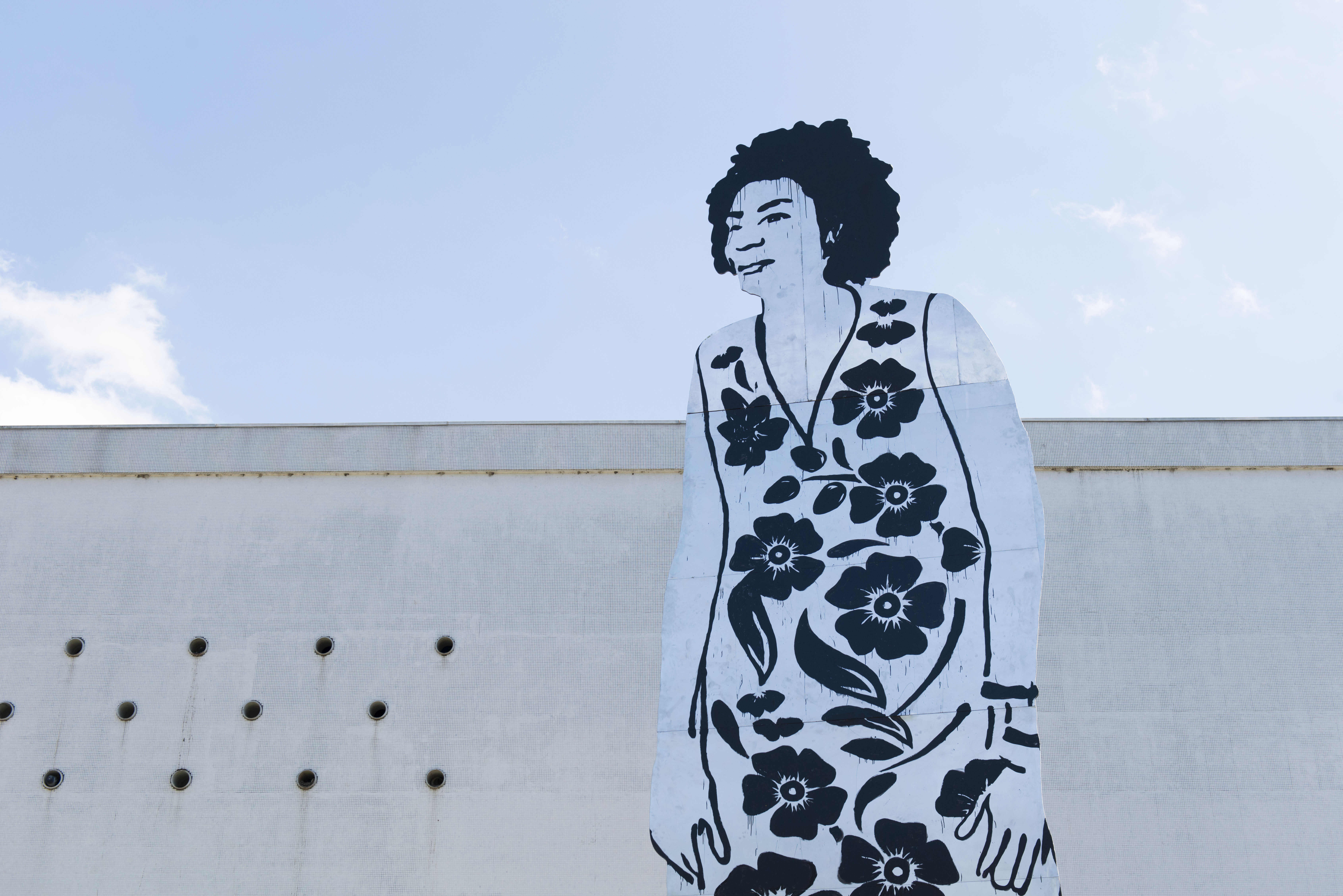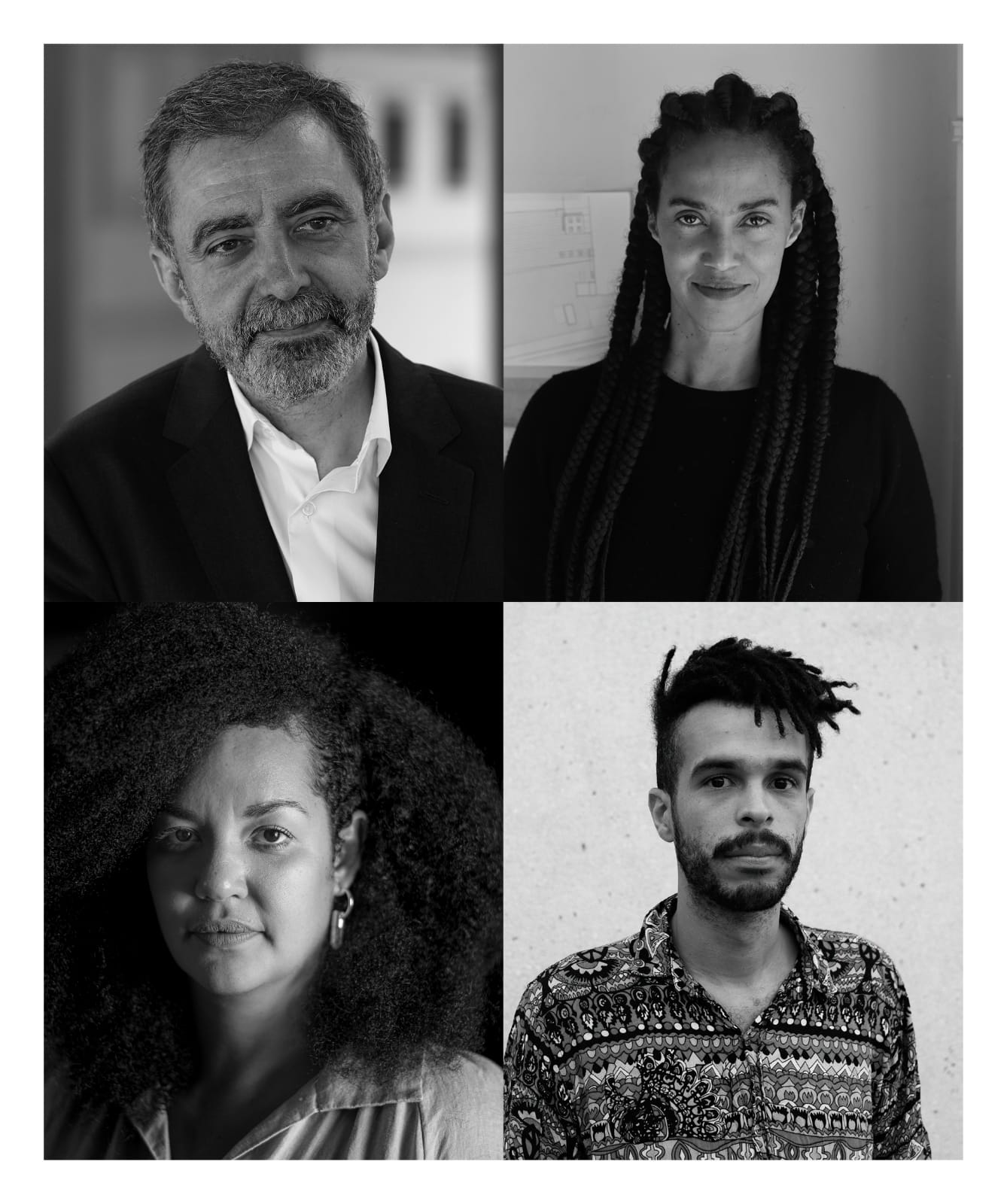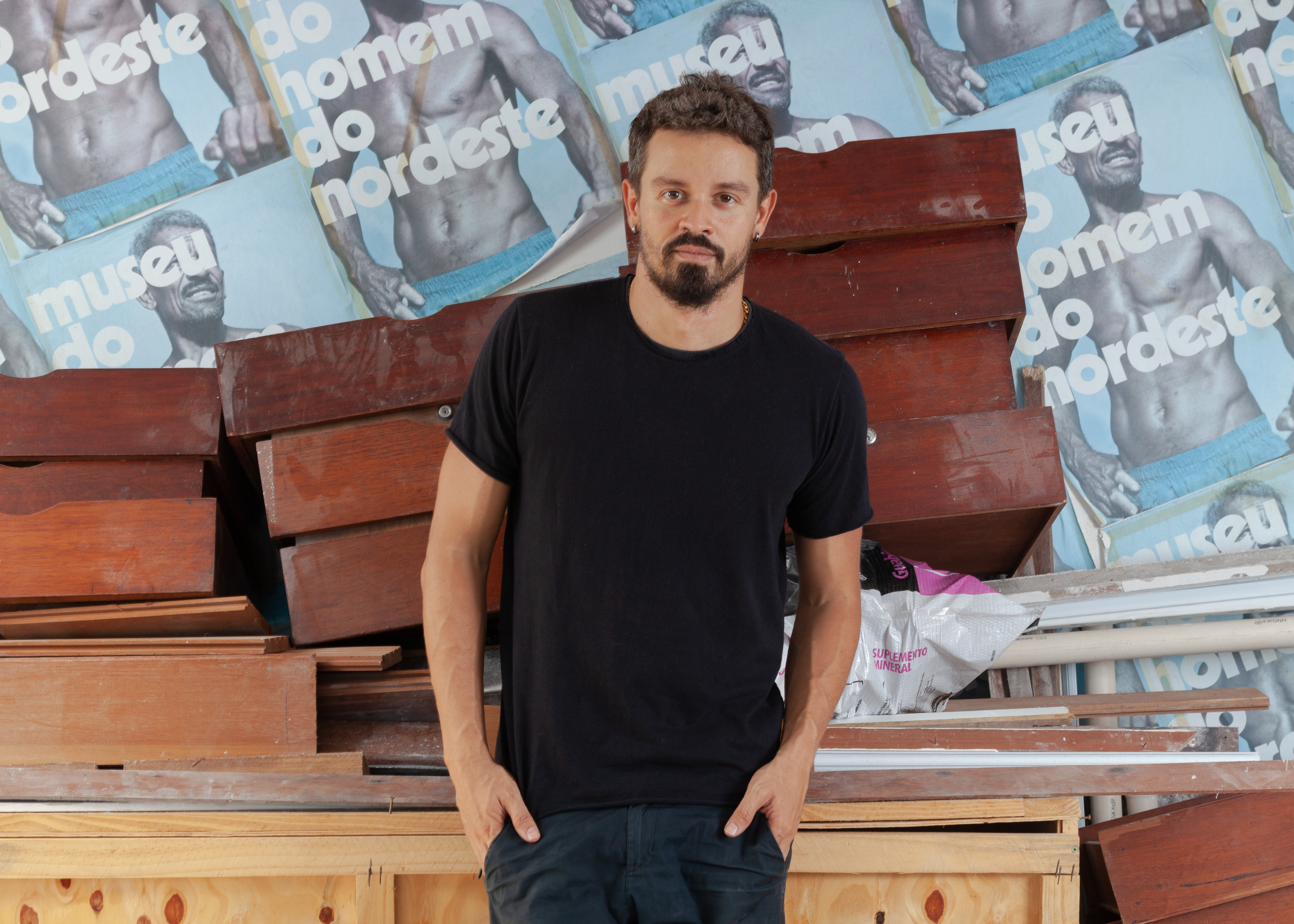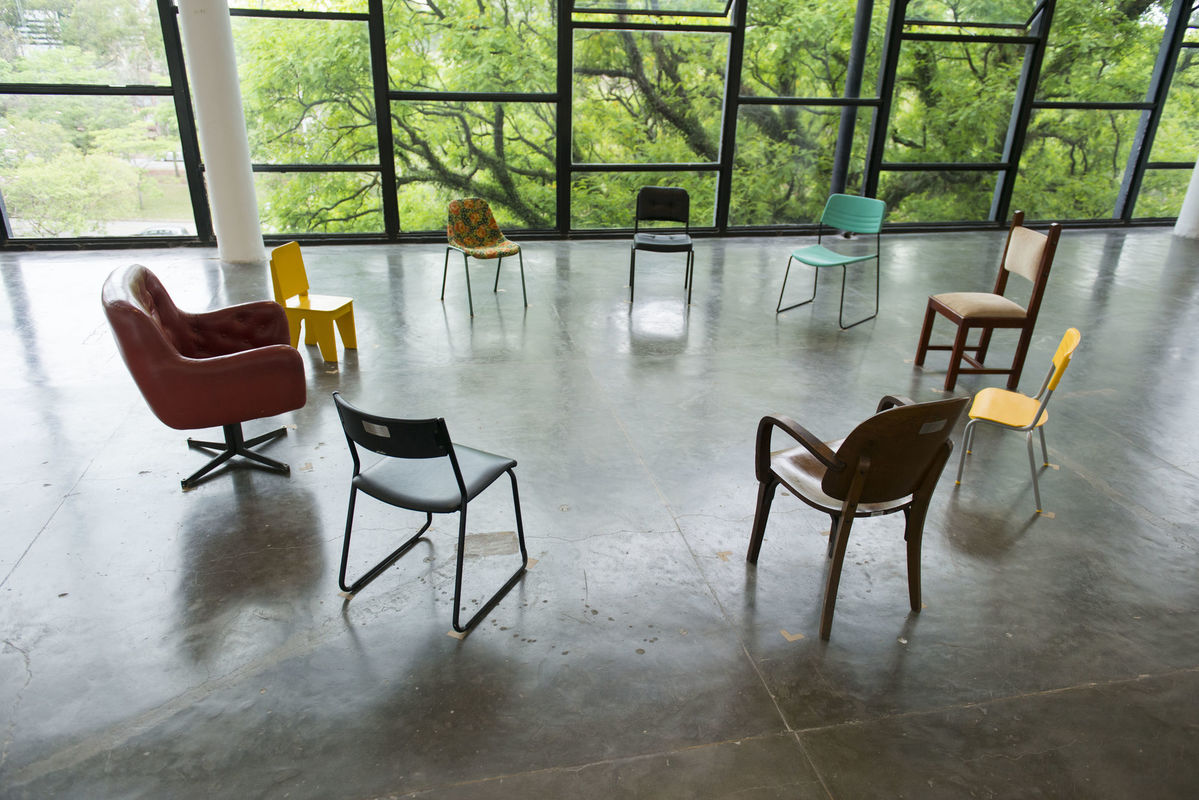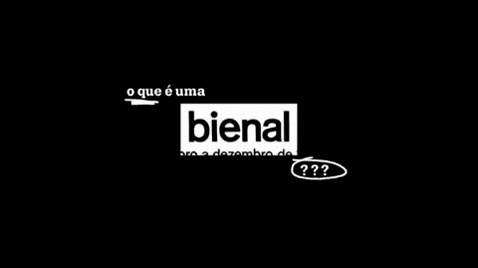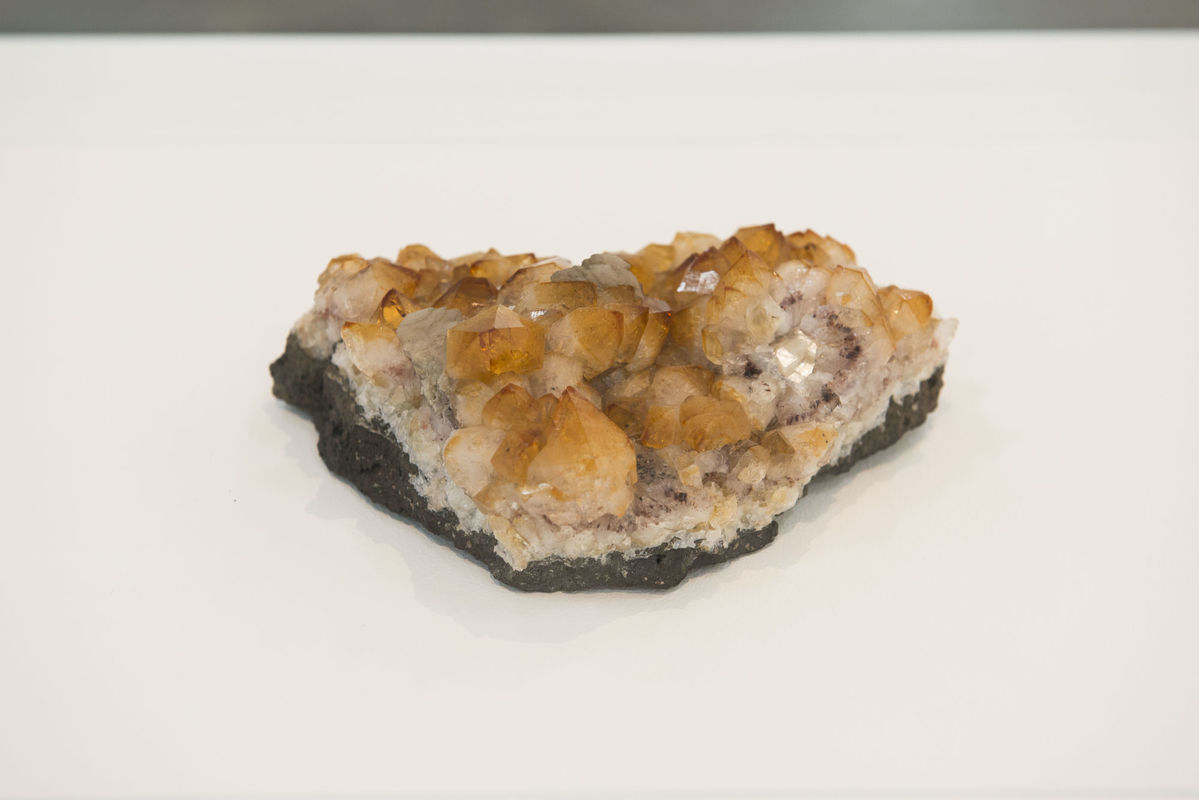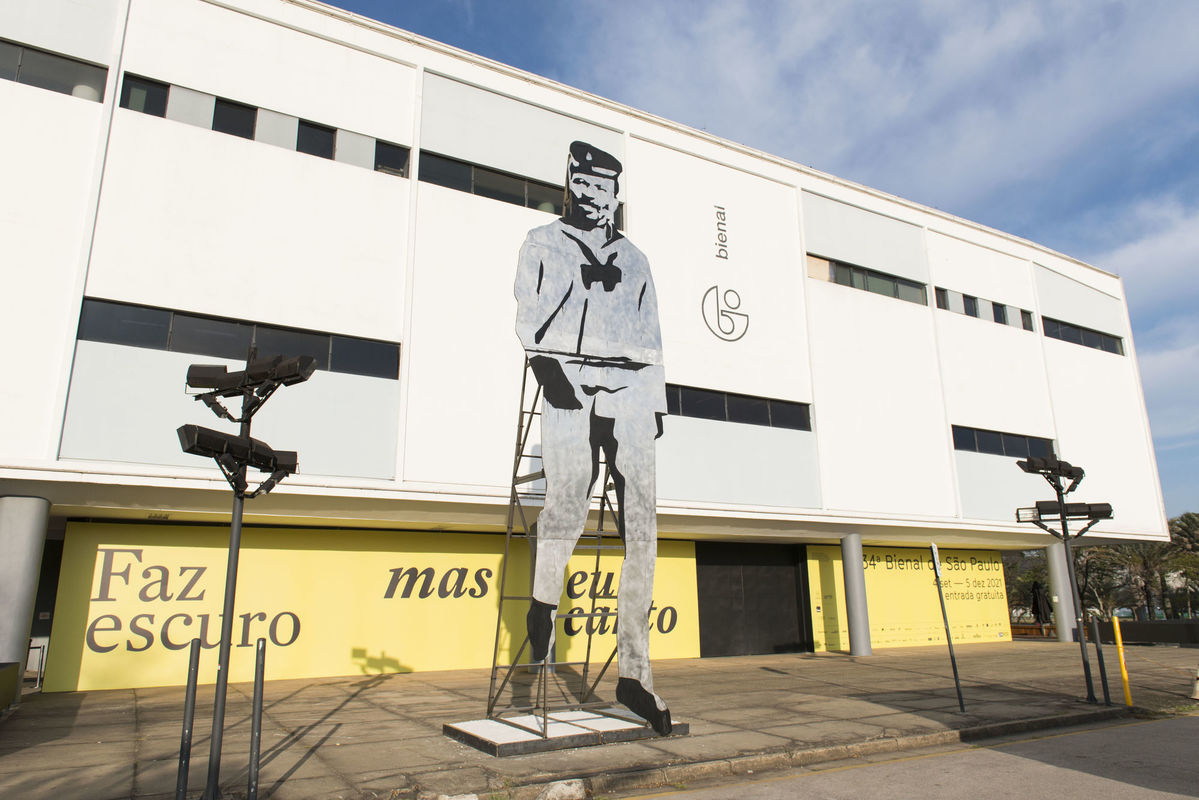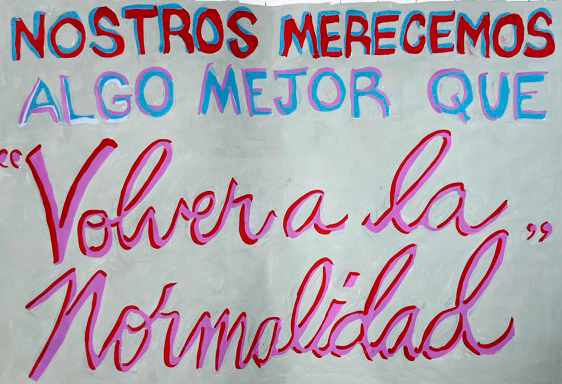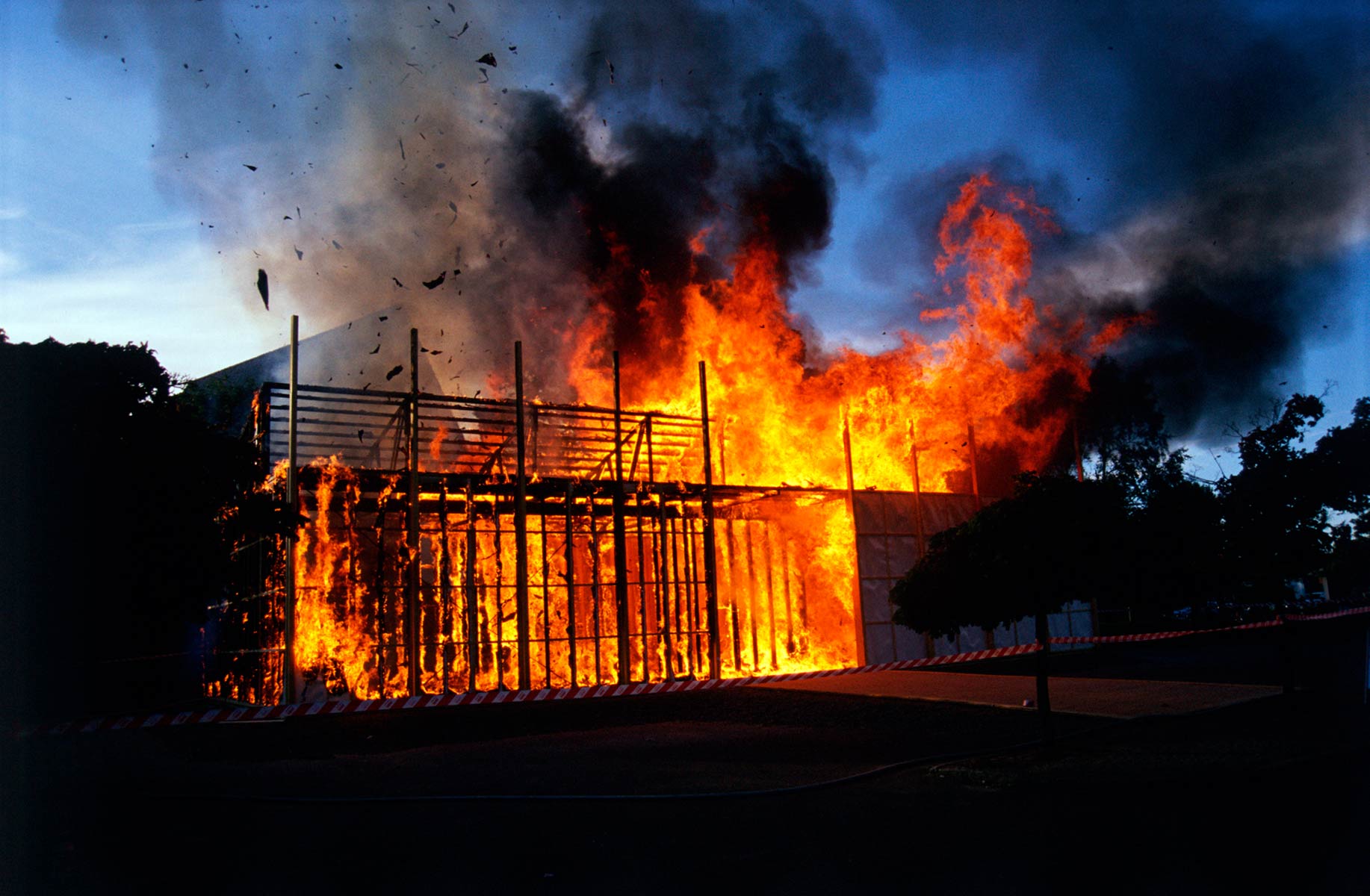
Throughout 2020, through letters like this, the curatorial team of the 34th Bienal de São Paulo will make the reflections on the exhibition's construction public. This third letter was written by Jacopo Crivelli Visconti.
The plan was simple. Or it looked simple.
Working on exhibition as though it were an open rehearsal, showing how the meanings and the interpretations are constructed over time, and how the process of seeking a tuning among the artworks and ideas can be as relevant as the result that it theoretically aims to achieve. And at the same time, gradually, making it clear that this effort in an expanded time is also collective, because the tuning is, by nature, a work of relationship. With this in mind, a little more than a month ago we inaugurated the 34th Bienal with a performance by Neo Muyanga and an exhibition by Ximena Garrido-Lecca. On the Bienal Pavilion’s third floor, the Phaseolos lunatos seeds planted by Ximena continue to sprout and grow in the work Insurgências botânicas [Botanical Insurgencies], but in silence. There is no one in the building, the rehearsal is in suspension.
We did not foresee that the darkness we were talking about would become even more impenetrable. That the political and social threat to which we were symbolically and metaphorically referring would from one moment to the next become something physical, yet invisible. Nor did we foresee that this threat could not only be something external, but something that we carry without knowing it, without wanting to: that we ourselves can be the threat. Concerning the indigenous peoples, Eduardo Viveiros de Castro some time ago introduced the concept of inherent resistance: “I talk about inherent resistance because it is impossible for the indigenous peoples not to resist if they are to continue their existence as such. Their existing is inherently a resisting, which is condensed in the neologism rexistir [to ‘rexist’].” I was going to cite these words in another text, in another context. Now, today, they have taken on another meaning. Making an exhibition, like living in this world, is a work of relationship where the context changes the way we feel things.
“While the nation danced and sang, ecstatic due to the great Abolition law, the meteorite of Bendegó was coming slowly, silently and scientifically…”1. Thus wrote Machado de Assis for the Gazeta de Notícias newspaper, in an article dated May 27, 1888, about the trip of the meteorite from the backlands of Bahia to Rio de Janeiro, a few days after the proclamation of the Golden Law, which abolished, finally, slavery in Brazil. In its silence, enclosed in an indestructible iron case, the meteorite has been – ever since then and even more so after the devastating fire that in September 2018 destroyed the Museu Nacional in Rio de Janeiro, where the meteorite still lies – a symbol of resilience of rare power. It is natural to trace, as Machado de Assis did, a parallel between the Bendegó meteorite and the peoples who are more vulnerable and, nevertheless (or perhaps for this very reason), more resistant. It is nearly natural to look at the days in which we live and to understand that for some of us the virus is just one more risk, in a world that has been threatening us for centuries.
Concerning the Museu Nacional, Viveiros de Castro suggested at one point that it remain “as a memento mori, as a memory of the dead, of the dead things, of the dead peoples, of the dead collections, destroyed in that fire.”2 The absence of life in the ruin of the museum thus became the clearest and most physical image of how it is missed, of how it was already missed in the national mindset, even before it burned down. This suggestion brings to mind an action carried out in 2000 by Alfredo Jaar, who proposed the building of a cultural center in the city of Skoghall, in Sweden, which up till then did not have one. The Konsthall was made of paper, for being in an area of intense wood pulp production. A day after its inauguration, according to plan, the building was burned down. The absence of the cultural center became tangible; its lack suddenly became an urgent issue, which the inhabitants began to discuss with an intensity that bordered on violence.
Among the pieces of the Museu Nacional that survived the fire, my favorite is a small, pink fossil. I imagine that it does not have any particular scientific value, and perhaps is not as striking as other pieces in the collection. What makes it extraordinary is what happened during the fire: the heat broke the stone, destroying the fossil listed in the museum’s catalog; but, when this layer was broken, another fossil appeared, which had been concealed inside, imprisoned there for an unimaginable time. There can be beauty in the resistance of iron, but also in the vulnerability of stone. There can be poetry in tragedy.
In a desolated land, a wasteland, we need fragments to shore against our ruins. They could come from philosophy, from art, from music, from poetry, from literature, from cinema. But also from everyday examples of courage and resistance that multiply on every side, or those which we have pretended not to see for centuries. Édouard Glissant constantly reminds us how Creolized societies and cultures, which are infinitely more fascinating than cultures that arose “from a single root” – were born from the brutal violence of slavery and from the forced displacement of millions. Whether from a historical or a human point of view, the fascination of these cultures does not justify what gave birth to them; but it is, nevertheless, their living monument, the celebration of the relation that fertilizes and pollenates them. Alain Badiou, responding in a certain way to those who held that it was impossible to do philosophy after the Holocaust, stated that he always saw it as “a subjective victory of the enemy himself – to have in some way rendered metaphysics, or philosophy, impossible by dint of this one deadly, catastrophic act alone. To subtract ourselves from the dictatorship of the catastrophe is, in my view, very simply to say: ‘we can continue.’”3
We can continue. And we shall continue.
1. Available at: http://letterabrasilis.blogspot.com/2013/02/o-meteorito-de-bendego-no-brasil.html. Accessed on: 26 February 2020.
2. Interview with Eduardo Viveiros de Castro for the Portuguese newspaper Público on September 4, 2018. Available at: https://www.publico.pt/2018/09/04/culturaipsilon/entrevista/eduardo-viveiros-de-castro-gostaria-que-o-museu-nacional-permanecesse-como-ruina-memoria-das-coisas-mortas-1843021. Acessed on: March 20 2020.
3. Alan Badiou; Giovanbattista Tusa. The End: A Conversation. Translated by Robin McKay. Cambridge, UK; Medford, USA: Polity Press, 2019, p. 35.
Image: Alfredo Jaar, The Skoghall Konsthall, 2000. Documention of action. Courtesy of the artist.
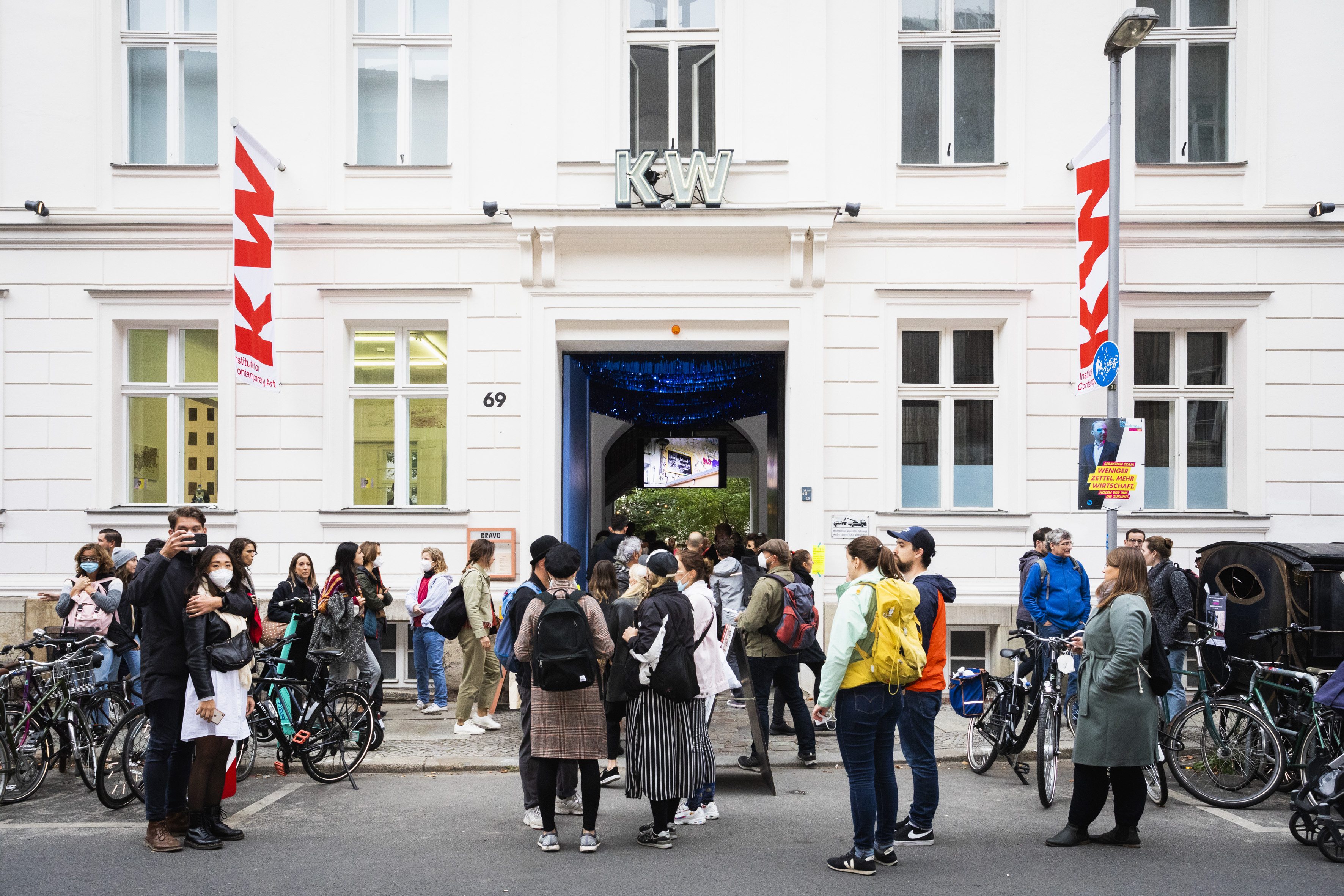

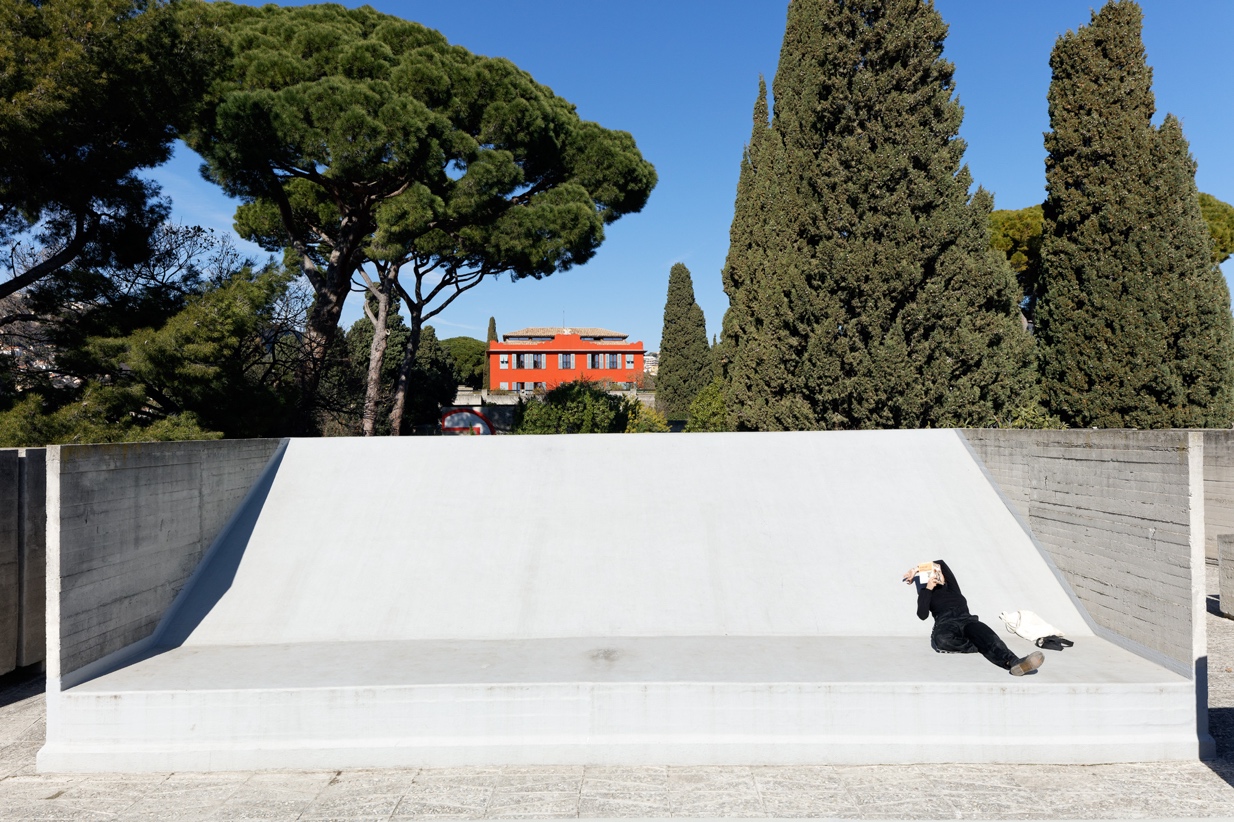
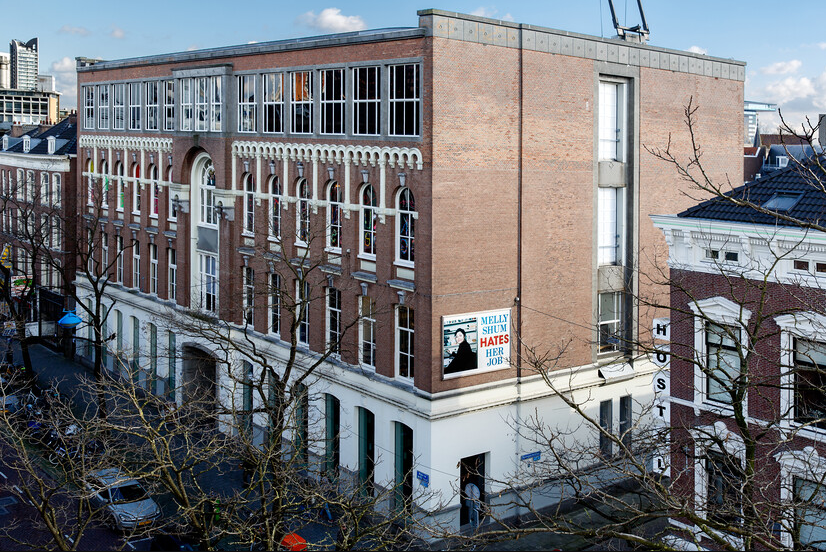

![View of the sculpture of the series Corte Seco [Dry cut] (2021), by Paulo Nazareth during the 34th Bienal de São Paulo. Commissioned by Fundação Bienal de São Paulo for the 34th Bienal de São Paulo](http://imgs.fbsp.org.br/files/81b3a05327e8559c64fc5cda09f3e1f8.jpg)
